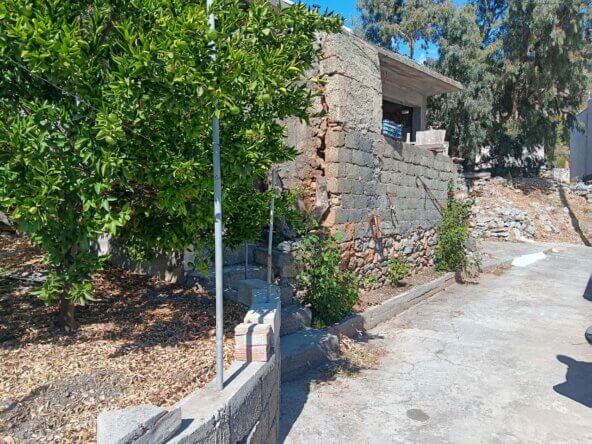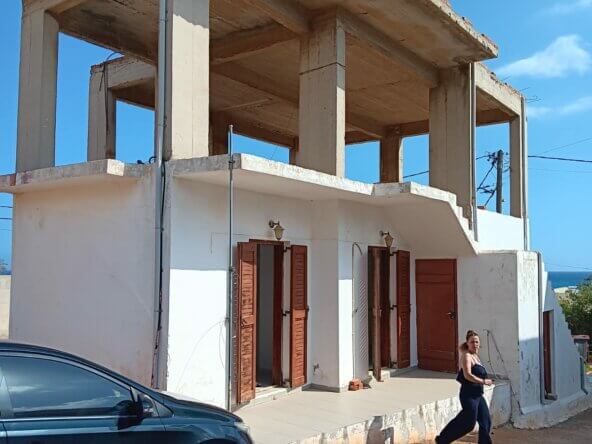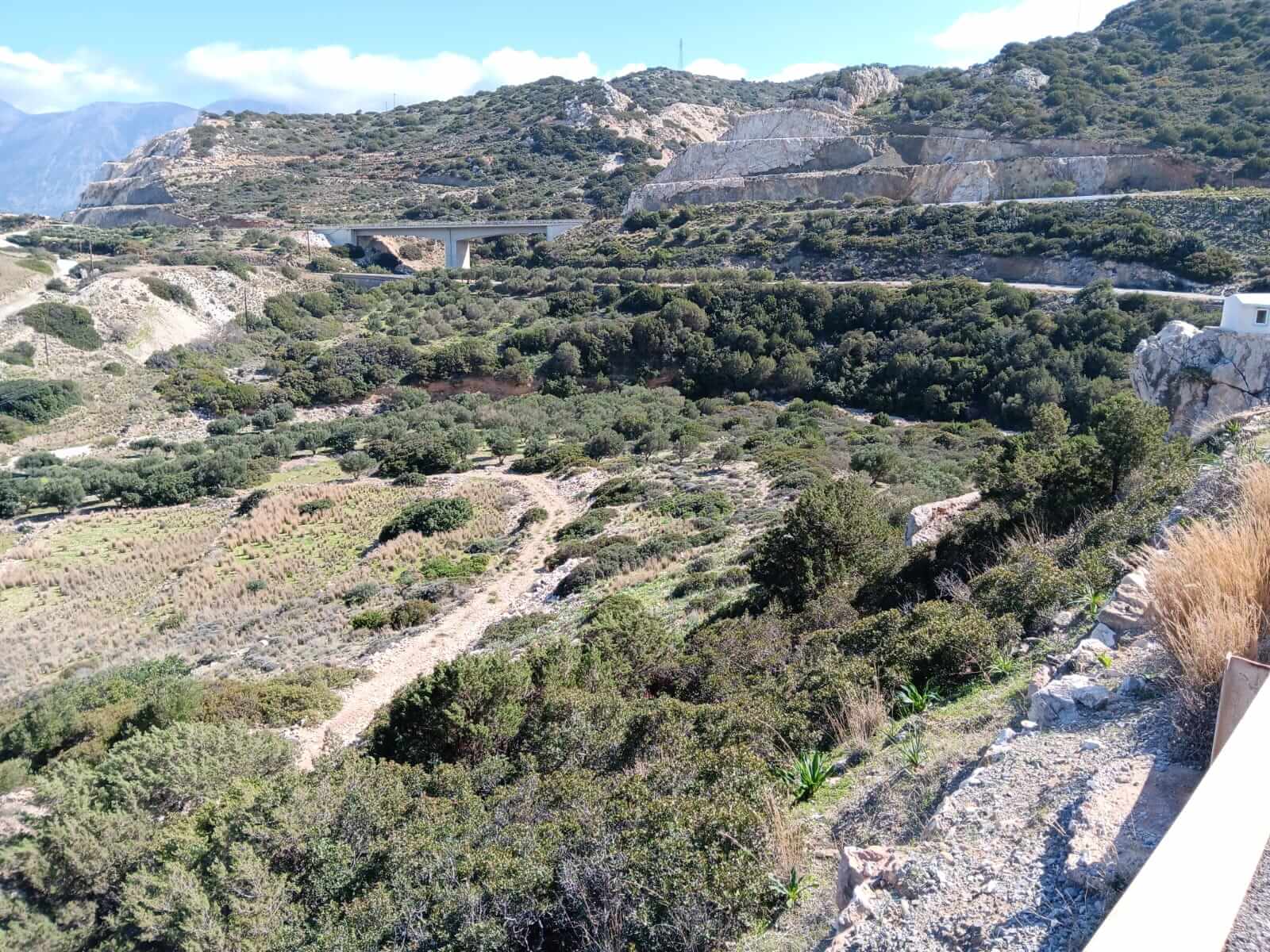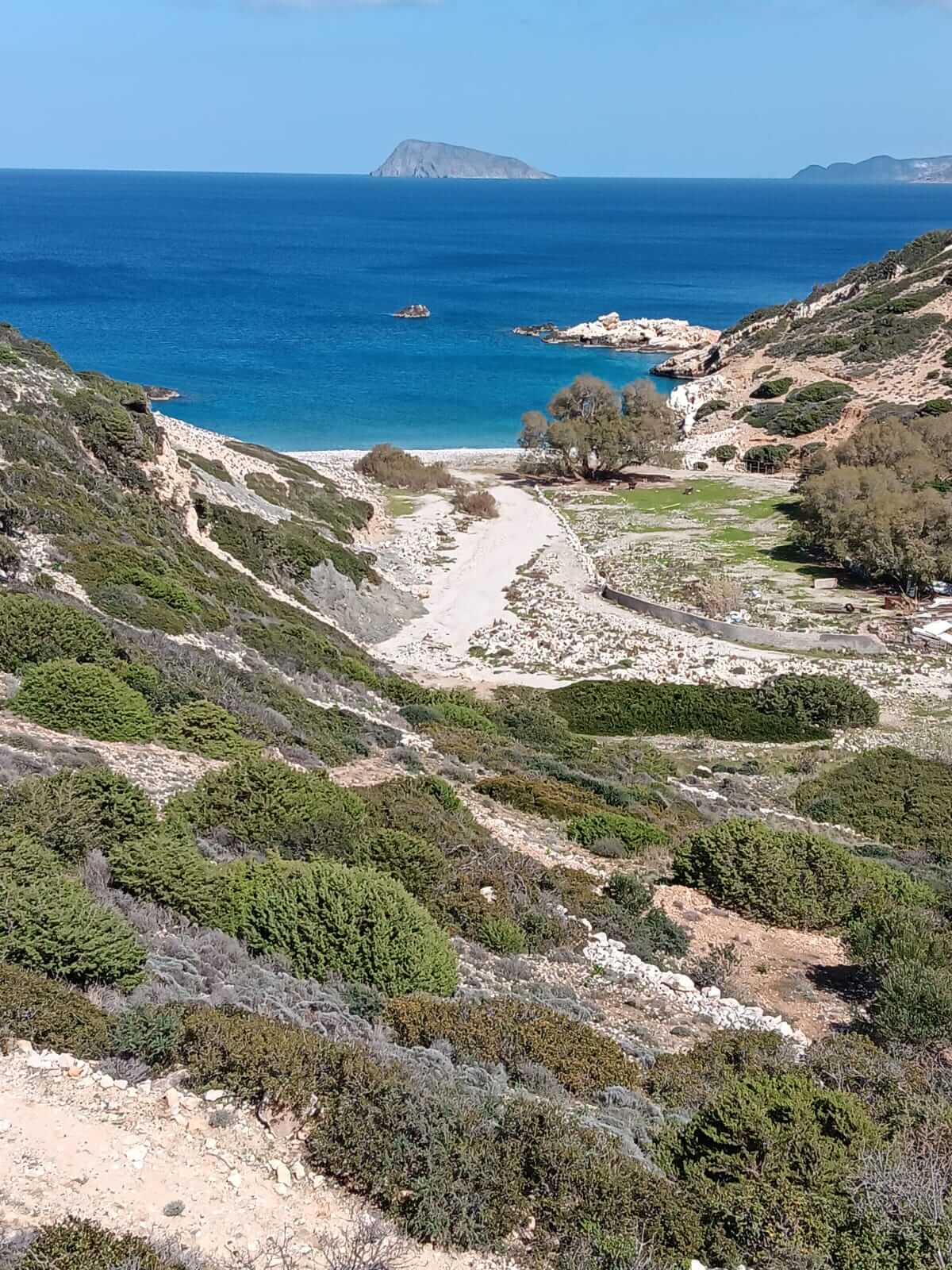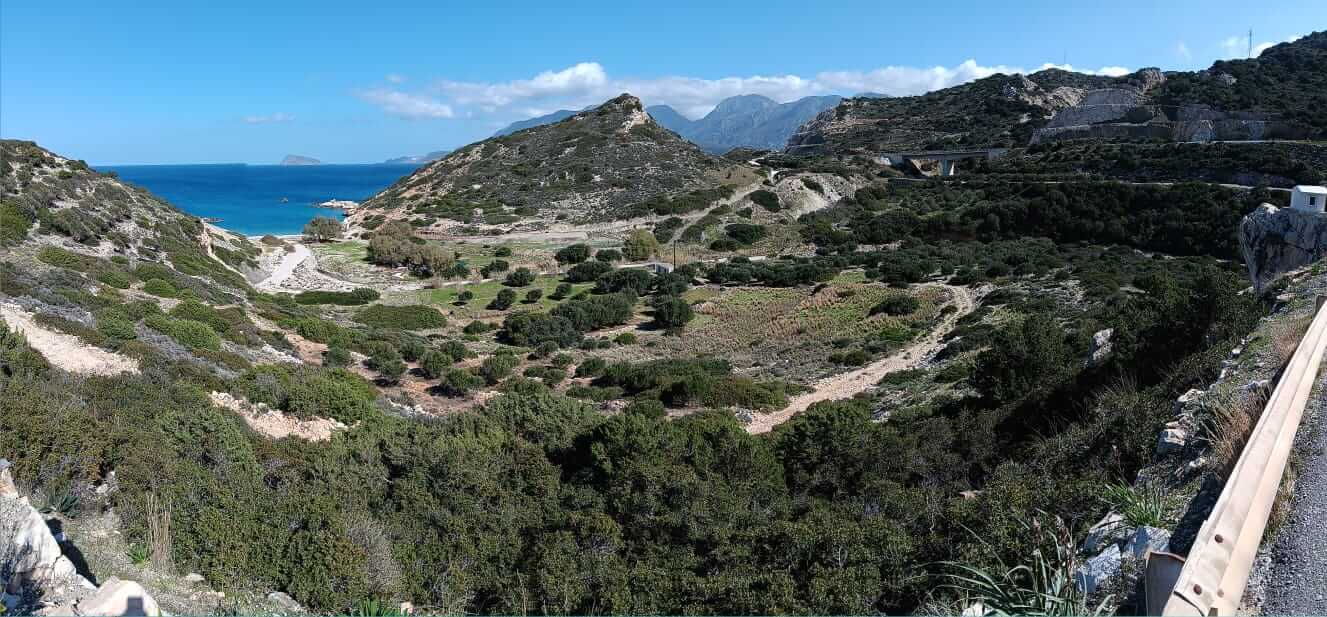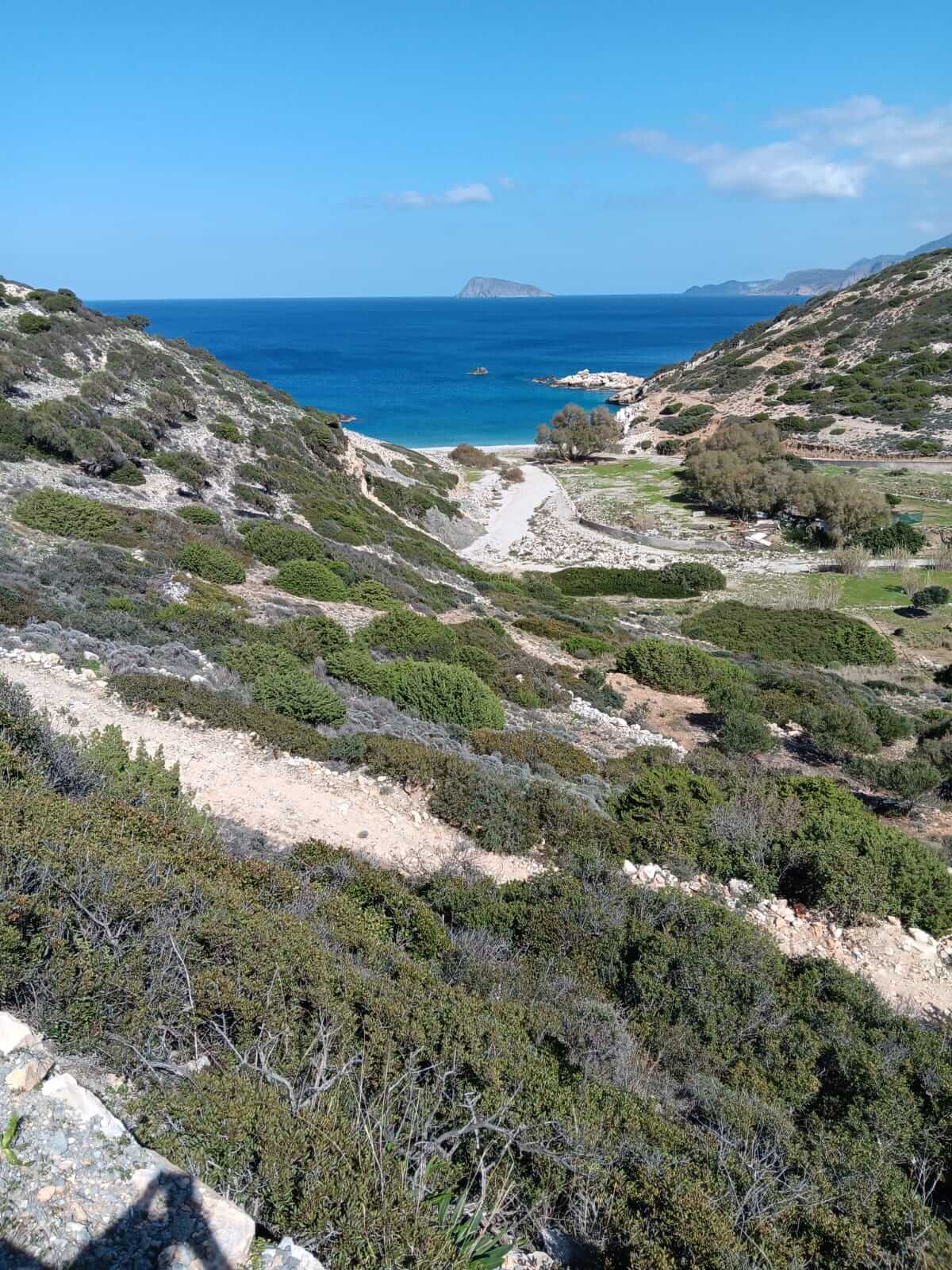Description
The archaeological site of Gournia sits on the north coast of the Isthmus of Ierapetra in East Crete. Possessing some 50 well-preserved houses, a system of cobbled streets, a central court, a Minoan palace, and cemetery, Gournia gives the visitor the best picture of what a Late Bronze Age (1500 B.C.) town looked like. Gournia was a regional production center of bronze tools and weapons, domestic objects, and pottery and stone vases, an active trade emporium with overseas connections to other parts of the Aegean and the Near East, and the palatial administrative center for the Mirabello region. Its harbor complex consists of a monumental shipshed, fortification walls with towers, a riverside dam, and a cobbled street running from the coast to Town.
Dug first during 1901–1904, the site was under excavation again (2010–2014) by the University at Buffalo in New York, with participants from the Pacific, the United States, Canada, and Europe. The final excavation season was in June–July 2014; study seasons in the summers of 2015–2022. For project pictures, click here.
Please check out the May/June 2015 issue of Archaeology Magazine for an article, “The Minoans of Crete,” by Jarrett A. Lobell about the site and latest excavations.
source: www.gournia.org
Details
Updated on March 6, 2024 at 11:42 am- Property ID: ΗΖ-363
- Price: 150,000€
- Property Size: 1580 m²
- Land Area: 130 m²
- Property Type: Plots
- Property Status: For Sale
Similar Listings
Unfinished building of 90sqm in Oreino Village.
Ορεινό, Δημοτική Ενότητα Μακρύ Γιαλού, Δήμος Ιεράπετρας, Περιφερειακή Ενότητα Λασιθίου, Περιφέρεια Κρήτης, Αποκεντρωμένη Διοίκηση Κρήτης, ΕλλάςTwo-storey house 120 sq.m. within a plot of 875 sq.m., with the possibility of further construction in the seaside village of Mary Gialos
Μακρυγιαλός, Δημοτική Ενότητα Μακρύ Γιαλού, Δήμος Ιεράπετρας, Περιφερειακή Ενότητα Λασιθίου, Περιφέρεια Κρήτης, Αποκεντρωμένη Διοίκηση Κρήτης, 720 55, ΕλλάςMortgage Calculator
- Principal & Interest

